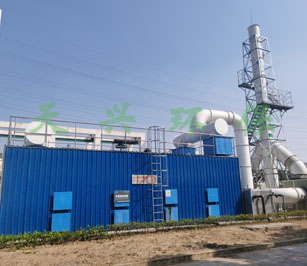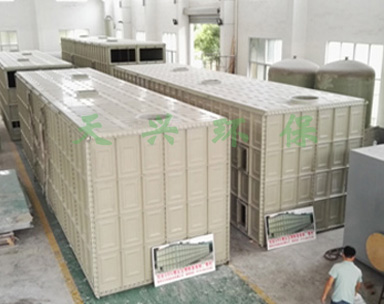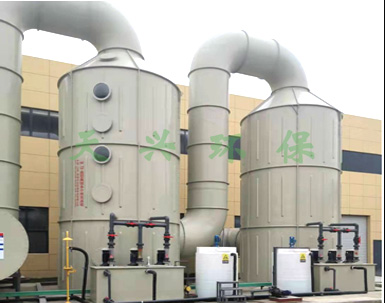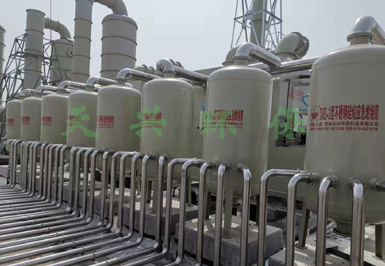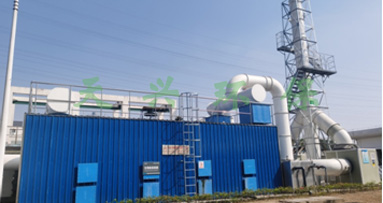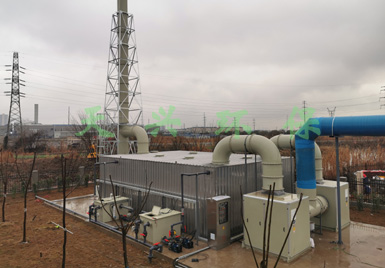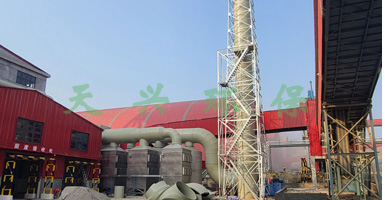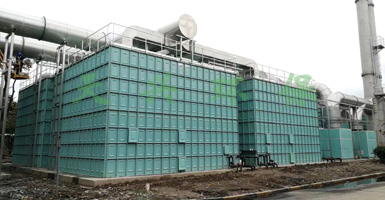In the process of sewage treatment, due to the metabolism of microorganisms and the storage and pressure filtration of sludge, the odor will be dispersed. The main components are hydrogen sulfide, ammonia, odor concentration, etc., which will affect the physical and mental health of the surrounding people. The odor generated by the sewage station should be collected and treated to meet the discharge requirements.
The main treatment methods are as follows:
[Treatment process I] Chemical deodorization: Chemical washing process is one of the most important deodorization processes. According to the composition of waste gas, multi-media can be used for washing and absorption, mainly removing odor gases such as hydrogen sulfide, ammonia and VOCs.
[Treatment process 2] Biological deodorization: VOCs and malodorous substances are degraded by the metabolic activities of microor ganisms, which are oxidized into final products, so as to achieve the goal of odorless and harmless. Biological treatment technology includes soil method, biological filter bed and so on.
Advantages: effective removal of low concentration hydrogen sulfide, ammonia, VOCs and other pollutants, good deodorization effect, no washing pollution, low operating cost.
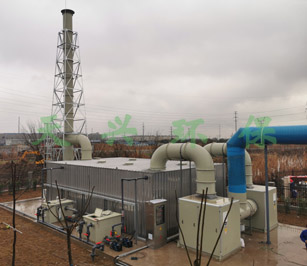
Anhui Guozhen
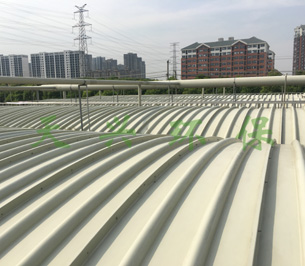
Anhui Guozhen
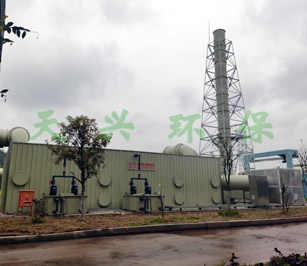
Anhui Guozhen
